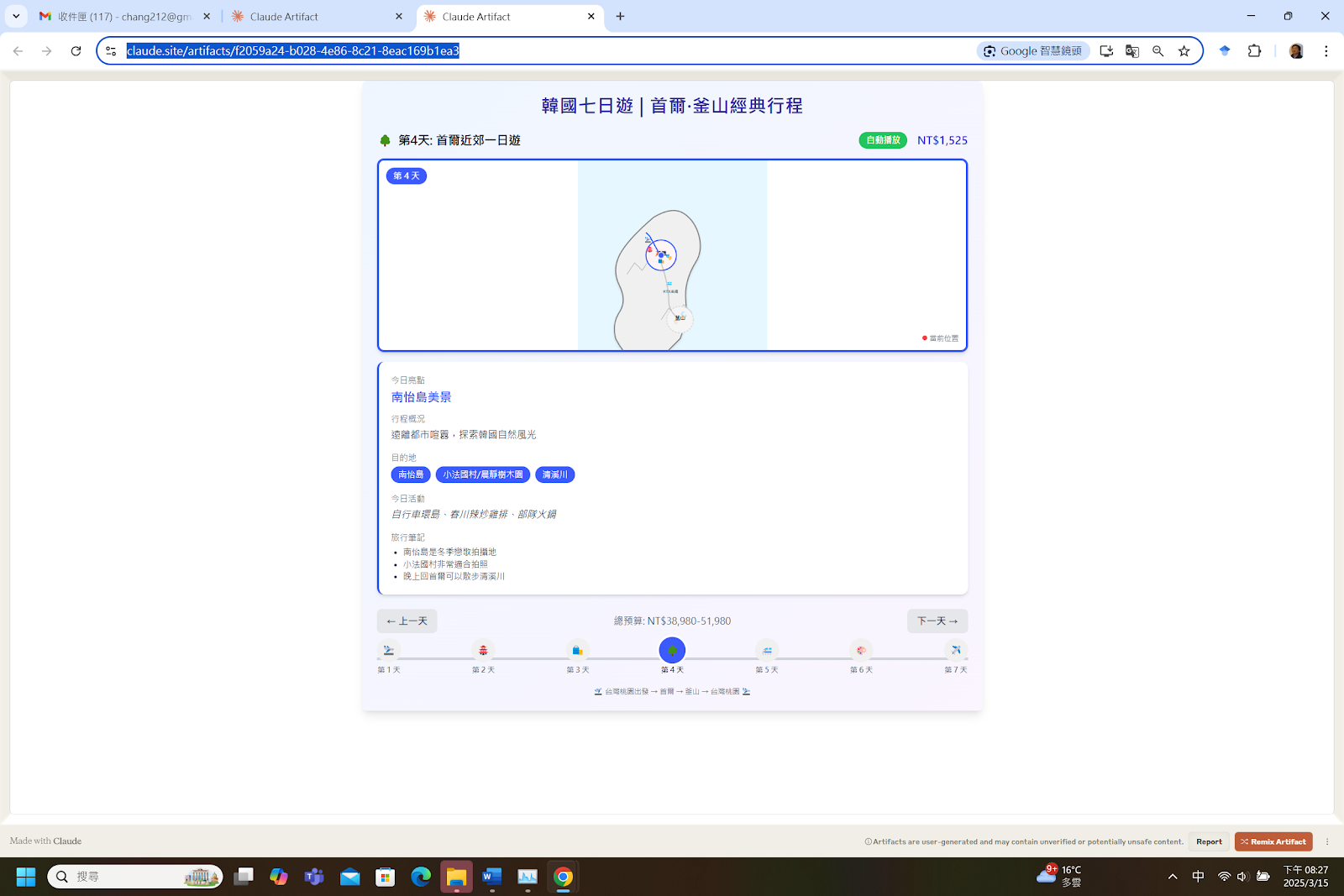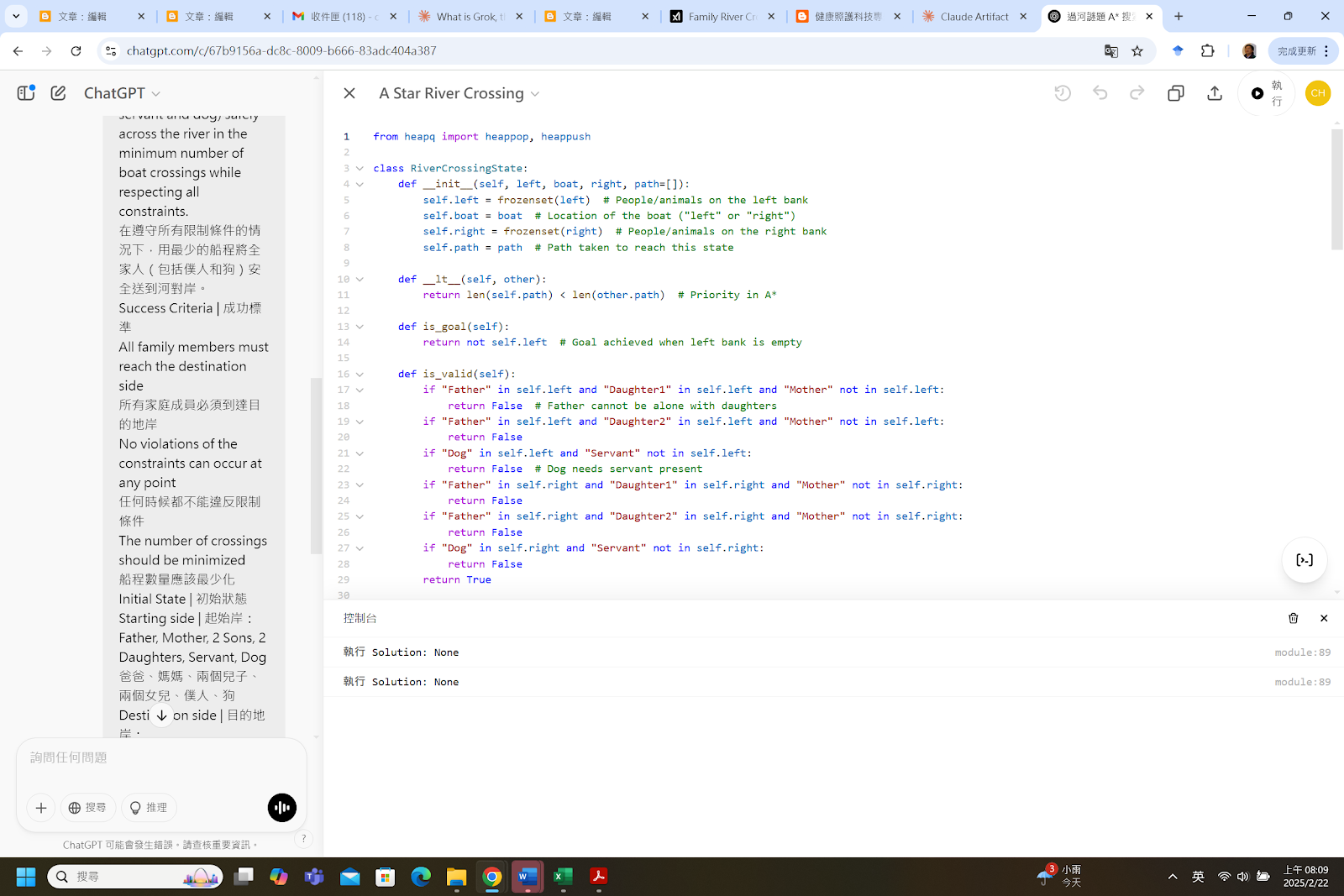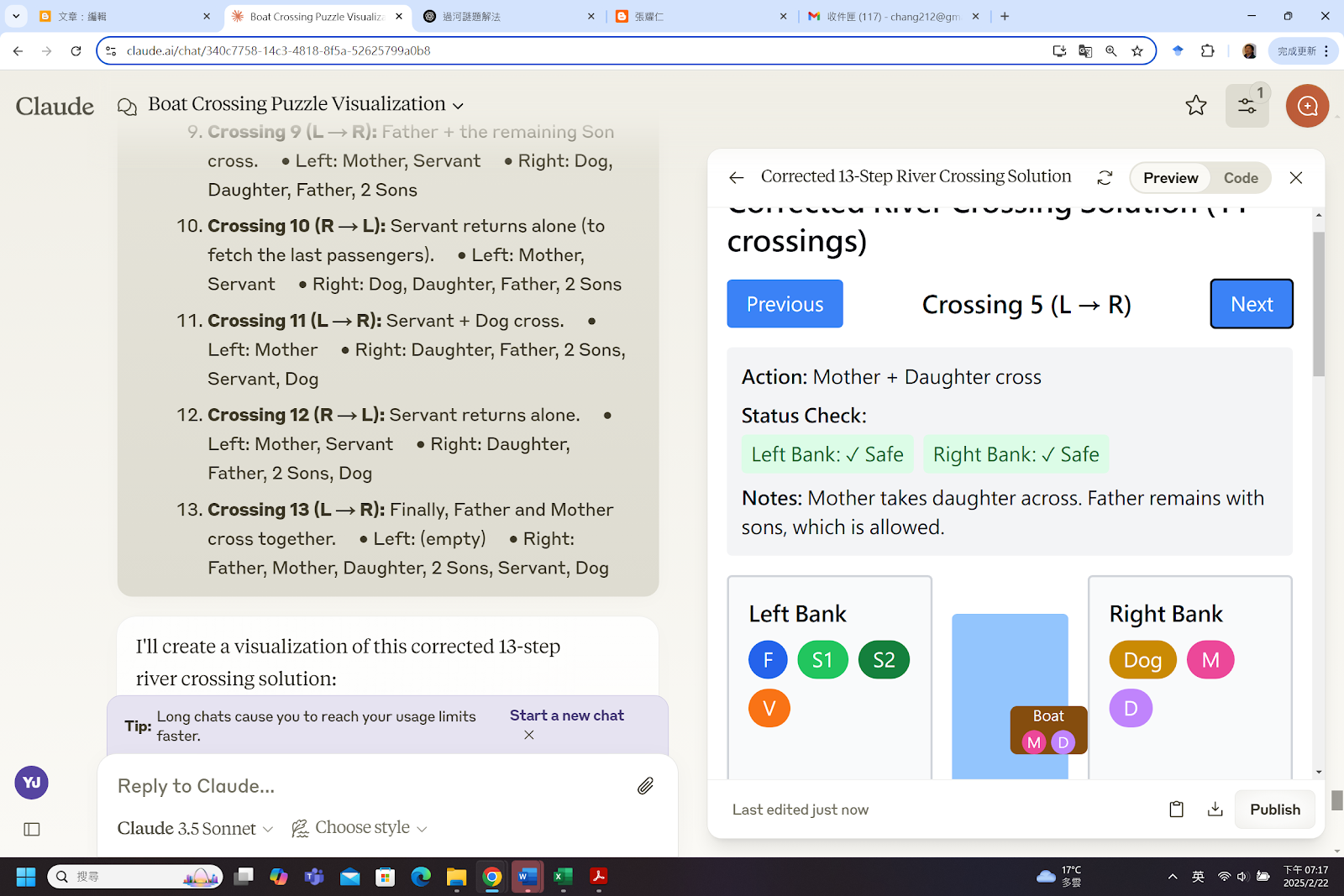Simulate Photosynthesis Process at Quantum Level
1.製作光合作用動畫
2. 光合作用的量子力學機制
光合作用 (Class of 2025)
https://claude.site/artifacts/c0953a04-4f9e-4225-a627-b1a8289b392c
https://claude.site/artifacts/5fa1af26-1f70-4dd5-801d-06c034545647
https://claude.site/artifacts/9e09baf6-8382-42f1-8130-89f890fedad2
https://claude.ai/share/64b9c1e6-52c2-4799-aa88-8af8face44ae
https://claude.ai/share/159e828c-1f13-4b48-bfa1-d8774e4094f9
https://claude.ai/share/0a1bdeb8-c14b-40f9-b50d-6e952bc5ba88
https://claude.ai/share/d8a5630d-cf1b-4b77-a1c5-5bb23d53ca11
https://claude.ai/share/a41d8d9e-f110-4899-a92c-7e5b0f690230
https://claude.ai/share/73f70076-c3d6-4e79-b377-54283dc914a4
https://claude.ai/share/957a51b4-55e5-4f71-836a-8cdbd8b90218
https://claude.site/artifacts/fd9bd8e8-aab4-4e03-a128-2768e6070bc6






.png)



























